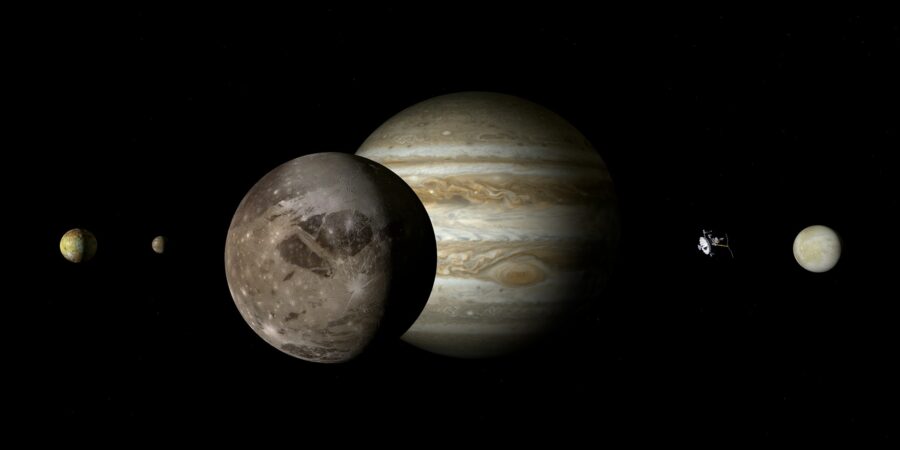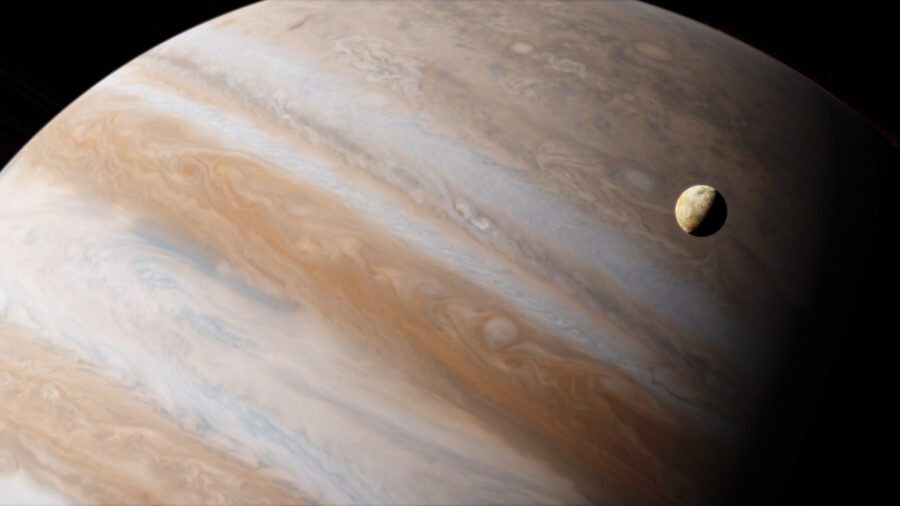Mysterious Crash On Jupiter, See The Explosive Video

Space.com reports that astronomers spotted a burst of light coming from Jupiter that is the result of a comet or asteroid impact. X account MASA Planetary Log has been continually collecting footage of the gas giant and cross-checked their findings against reports from the Organized Autotelescopes for Serendipitous Event Survey (OASES), and the Planetary Observation Camera for Optical Transient Surveys (PONCOTS). By collaborating and sharing their data, they were able to provide us with footage and imagery of the collision that took place over 400 million miles away from Earth.
The discovery of this Jupiter impact was noticed by OASES and PONCOTS at 1:48 a.m. Japan Standard Time, stating that a flash occurred on the planet’s surface. In their X post, they urged amateur observers to check their shooting data, to see if they could get a clearer picture of the flash directly messaged to their account.
Doing just that, MASA Planetary Log (@MASA_06R) checked their own observations, and they were able to provide a blurry video of the flash for all to witness. The user behind the account told Space.com that they saw the original post about the flash of light on their timeline, and confirmed that the flash was present when they checked their own footage at the corresponding time. Other similar observations were made by amateur astronomers, verifying the time that Jupiter was struck.

By collecting data from amateurs, OASES was able to generate a more clear image of the point of impact on Jupiter in a breathtaking photo that they posted on X.
Experts have reason to believe that Jupiter experiences impact up to 60 times a year.
Through this amazing collaboration of space enthusiasts, we can witness Jupiter in a way that wouldn’t be possible without multiple data points being collected. Thanks to social media and modern technology, space exploration has never been more exciting. It’s absolutely mind-boggling to think that a Japan-based network of telescopes was able to get visual confirmation of an asteroid impact with the help of amateurs who just so happened be looking in the same direction.
At the time of this writing, we still need more evidence to figure out the exact size of the object that collided with Jupiter. Further investigation will also let us know whether the object was from our solar system or somewhere else.
In a way, Jupiter is the guardian planet of our solar system because of its immense size, gravitational pull, and proximity to the main asteroid belt.
This wouldn’t be the first time that astronomers have seen Jupiter take a beating. Based on research conducted in 2013, experts have reason to believe that Jupiter experiences impact up to 60 times a year. The most well-documented instance of impact occurred in 1994 when the gas giant was pelted with fragments from the Shoemaker-Levy 9 comet, which left tears in the atmosphere that were visible for months after it occurred.
In a way, Jupiter is the guardian planet of our solar system because of its immense size, gravitational pull, and proximity to the main asteroid belt. In other words, without Jupiter, there’s no way to quantify how many rogue asteroids or comets would wreak havoc on neighboring planets (including Earth) that would have otherwise been in the path of such damaging debris.












